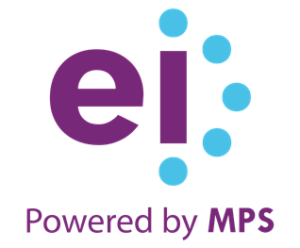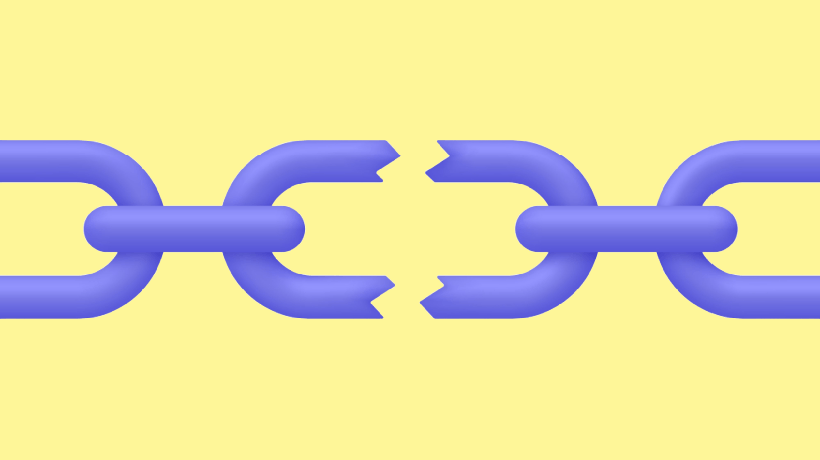Why Must Organizations Drive Rapid Upskilling And Reskilling?
No facet of life remains constant for too long, and it's the same with enterprises and businesses. In today's constantly changing business environment, organizations and, by extension, their employees, must embrace rapid upskilling to evolve and thrive to compete, or they'll never survive!
Gartner's Agile Learning Manifesto aptly describes this reality in the following statement:
"No employee or organization can succeed in the digital era unless learning keeps up with the pace of market change. New methods can make learning radically more effective. Executive leaders need to revolutionize thinking about learning to enable enterprises and employees to thrive amid disruption."
Global digitalization has dramatically shortened the shelf-life of employee skills, job descriptions, roles, and responsibilities. Employers and the workforce must find new ways—and cultivate new sets of skills—to navigate through the continuously evolving workplace dynamics. As a result, upskilling and reskilling the workforce, across the organization—and especially throughout a global workforce—is an imperative for survival.
Futureproofing workforce capabilities and skills is the only way forward. For both organizations and individual employees, establishing a culture of lifelong learning is the only way to ensure that happens!
How Do You Drive Rapid Upskilling And Reskilling At Scale?
Here are some strategies to help businesses upskill at scale...and to do it quickly.
Set The Right Foundation
- Ensure learning objectives are highly aligned to business objectives
When reviewing the alignment of organizational strategies to goals, it's vital for C-suite leaders to ensure their L&D programs are aligned to support those business objectives and strategies. Rapid upskilling might be in order if such alignments aren't in place. - Create a culture of lifelong learning
The best way to accomplish this is to reward lifelong learners. Tie employee recognition, promotions, and compensation to learning and growth. - Create a culture of learning in the organization
It's important to recognize that learning, upskilling, and reskilling don't (just!) happen in corporate learning centers anymore. To build an org-wide learning culture, it's vital to encourage social learning and promote self-directed learning. This encouragement must come from the organization's highest levels, not just from HR or line/staff managers. - Build a growth mindset and mindset for learning in employees:
As businesses grow, evolve, and develop new policies, processes, and procedures, it's important to link learning opportunities to those strategies and to encourage employees to embrace them. Staff who recognize that their professional growth is tied to understanding and leveraging the new business strategies will more readily embrace new rapid upskilling and learning opportunities as well. - Teach your learners how to learn effectively
If organizations are keen to drive rapid upskilling and reskilling at scale, they'll have to think beyond classroom-based training. While in-class programs still have a role to play in corporate learning, it's important for L&D leaders to build self-learning among the broader workforces. Personalized learning paths and socially connected (peer-to-peer) learning networks also help learners learn more effectively.
Ensure Knowledge Acquisition And Transference
Too often, L&D strategies are focused on providing learning opportunities and less geared to knowledge transference to the workplace. For large-scale upskilling and reskilling strategies to be successful, business leaders must ensure "learning" isn't the objective but a means to an end—that is, demonstrable, on-the-job performance improvement. To accomplish that, L&D teams must review their focus on "learning" to include:
- Knowledge acquisition
To keep the entire workforce—including remote employees, mobile teams, and globally dispersed support staff—competitive and to promote rapid upskilling, it's important to provide them with a refreshed pool of knowledge. L&D leaders must encourage the workforce to continually acquire new knowledge as and when it's available. - Practice
Make hands-on practice an essential part of any upskilling and reskilling program. These might be through simulation exercises, introducing 3D, Virtual Reality (VR) and Augmented VR learning content, practical case studies, or learning projects that target real-life work challenges. - Application of knowledge on the job
Learning and practice are of little use if it isn't translated to improved on-the-job application. The use of job aids, such as customizable templates, microlearning content, just-in-time learning, and performance support tools are vital components to encourage and demonstrate the application of knowledge on the job.
Enable Your Employees To Take Ownership Of Their Learning
- Match modern learner needs and preferences
Keep abreast of modern learner needs and adapt your learning approach to current learning ecosystems. Successful adaptation of rapid upskilling hinges on understanding and defining various learner personalities across the org and then building learning strategies around those profiles. This gives learners a sense that each approach is tailor-made to their needs. It's also important for organizations to embrace online learning platforms and techniques, including Virtual Reality, cloud-based Learning Management Systems (LMSs), machine learning, and mobile training tools. - Create learning opportunities for your employees and make learning a part of everyday work
Make learning tools and resources universally accessible to change how learning occurs. Make learning-at-the-point-of-need, just-in-time learning, and performance improvement tools an integral part of the work day. - Create learning communities and enable self-directed learning
To make upskilling and reskilling at scale successful, it's important to empower your learners to take charge of their learning by creating self-directed learning communities. Base your learning strategy around user-generated content (UGC), create opportunities for social learning (Facebook, LinkedIn) communities, and facilitate knowledge and resource sharing and collaboration.
Modernize Your Learning Programs
- Adopt an ecosystem-based approach to design and deliver personalized learning journeys at scale
Rather than building stand-alone learning resources, have a rapid upskilling strategy that creates a framework for an org-wide learning ecosystem which encourages continuous Learning and Development. Instead of making training "generic," this ecosystem must be based on individualized, personalized learning paths for learning profiles and for each learner. - Leverage immersive learning to engage your learners and enhance the impact of training programs
Traditional learning approaches typically lead to learner disengagement. Instead, opt for immersive learning approaches, including problem-based and scenario-based learning options. - Leverage strategies such as microlearning and personalized learning to enhance the learning experience
Beware of using upskilling and reskilling approaches that don't challenge or engage your learners. Remember the 90/20/8-minute rule, which explains the most effective (8-minute) learning span to significantly distracted (90-minute) spans. Personalize your microlearning content to reinforce formal learning and other traditional learning strategies. - Leverage performance support tools/job aids to enhance the application of learning on the job
When employees are faced with a work-related challenge, they would certainly want an answer "now!"—and precise rapid upskilling techniques can help counter this challenge. The use of decision-making scenarios, mobile apps, interactive videos, and customized templates helps boost performance, serves as a great job aid, and helps learners quickly apply learning to specific job situations.
Create Avenues For Practice, Coaching, And Feedback
Often when upskilling and reskilling a workforce at scale, including remote workers, mobile teams, and global org-structures, there's a gap between learning and on-the-job performance. To bridge that gap, L&D leaders must create a continuous learning system where employees can practice what they've learned in a safe environment (e.g. Virtual Reality environments). They must also have access to encouraging coaches and mentors, who can offer constructive feedback on performance gaps.
Track And Assess The Impact Of Training Programs And Evaluate Training Effectiveness
When upskilling and reskilling a workforce on a large scale, there's always a risk that the training initiatives focus exclusively on implementation and not much on evaluation. This is especially true when dealing with virtual, broadly distributed, and dispersed workforces. It's important to, therefore, track and monitor the effectiveness of learning through assessments, practice modules, challenges, learning analytics, and polls. Not only are these approaches excellent at determining the effectiveness of rapid upskilling strategies but they may also provide invaluable insight to company leadership on Return On Investment (ROI) of learning spending.
Parting Thoughts
Across all businesses and industries, today's highly mobile, virtual, and hybrid workforce has one element in common—constantly evolving skillsets. Unfortunately, organizations no longer have the luxury of time to build the competitive skills they need. Some of the rapid upskilling techniques, discussed above, can help your organization bridge those skills gaps quickly. Other strategies that we highlighted also help geographically dispersed businesses in upskilling and reskilling their workforce at scale, and in a sustainable way.
Read More:
- Research Brief - Tying Learning Investment to Performance
- How to Empower Your Learners with Self-directed Learning – Featuring 7 Strategies
- How L&D Teams Can Bridge the Disconnect Between Employee Training and On-the-job Performance
- Metaverse and L&D – The Next Frontier in eLearning or Just Another Fad?
- How to Build Better Learning Experiences with Personalized Learning – Featuring 3 Examples









